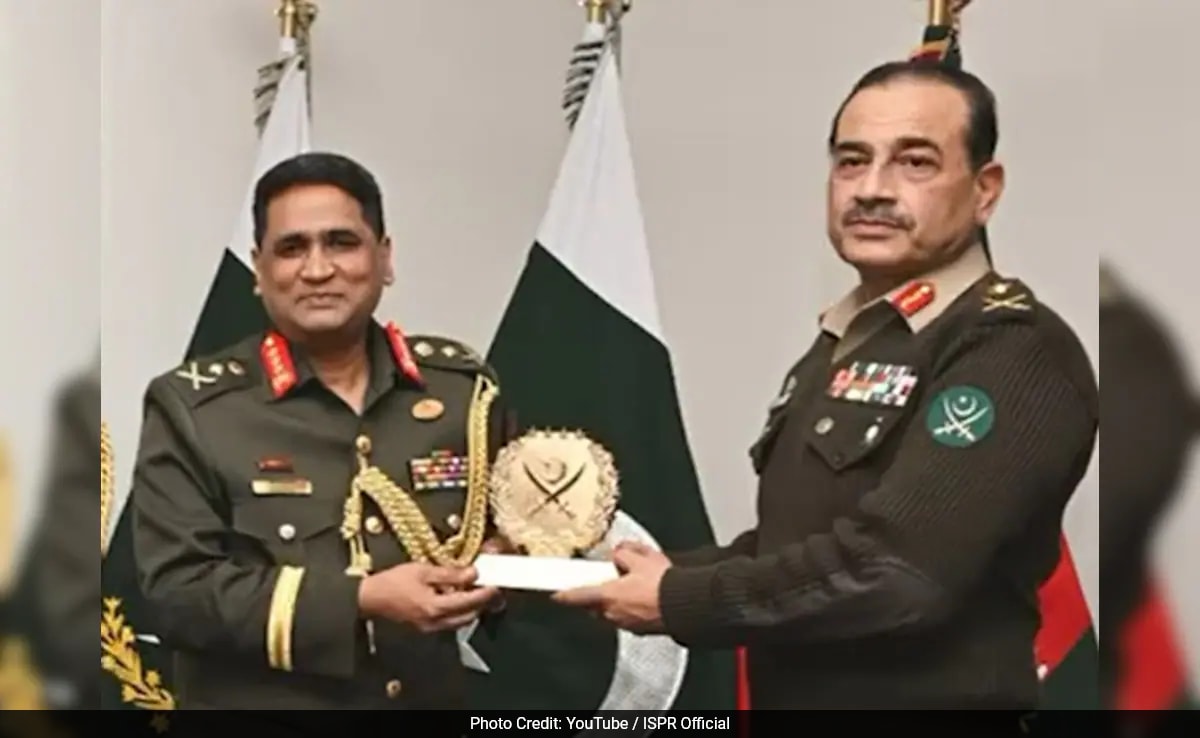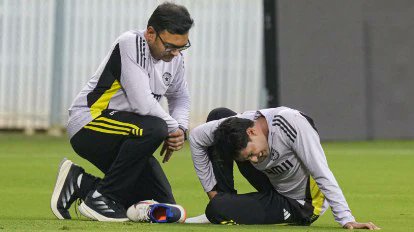Setting its sights on returning to power in Delhi after a gap of 26 years, the BJP has launched a full-scale effort and implemented a special micromanagement strategy.
The party’s goals are clear: Increase votes by 20,000 per Assembly seat compared to the last election, secure more votes at each booth and achieve 50% of votes polled at each booth.
To achieve this, the BJP has devised a booth-by-booth, voter list-by-voter list strategy and has also rolled out its vote catchers. Not only have Prime Minister Narendra Modi, Home Minister Amit Shah and BJP President JP Nadda hit the campaign trail, but dozens of central ministers, national party officials, chief ministers, deputy chief ministers and ministers from neighbouring states, as well as MPs and MLAs, have also been deployed in Delhi.
Every Booth Counts
For several months, the BJP has been scrutinising voter lists. Data for voters at each booth has been prepared, new voters have been added and fake voters have been removed. Lists of voters who no longer reside in the booth area but are still on the voter rolls have been compiled. Many voters left Delhi during COVID-19 and haven’t returned, while others moved away for jobs or other reasons but remain on the voter list. The party has contacted all these voters, encouraging them to return to Delhi to cast their ballots on February 5.
Additionally, the social profiles of voters at each booth have been examined. For example, it was determined whether a voter is originally from Delhi or moved to the Capital from another state. If they moved from another state, local BJP leaders from their home state were asked to establish personal contact with the voters to leverage local connections and persuade them to vote for the party.
The BJP has also focused on Purvanchalis from Uttar Pradesh, Bihar and Jharkhand, and Pahadis from Uttarakhand. BJP leaders from Purvanchal have been tasked with campaigning among Purvanchali voters, coordinated by former MP Harish Dwivedi. The BJP aims to win the hearts of Purvanchalis and counter the AAP’s claim that the BJP did not give many tickets to people from the community.
Delhi is known as Mini India – with millions of people from South Indian states, as well as Madhya Pradesh, Rajasthan, Odisha, and others – and the BJP is keen on capitalising on that as well. For instance, there are about 3 lakh Telugu-speaking voters in the capital and BJP and TDP leaders from Andhra Pradesh have been tasked with contacting them. Similarly, BJP leaders from Uttarakhand, Madhya Pradesh, Tamil Nadu, Karnataka, and Gujarat have been called to Delhi to win over voters from their respective states.
Government Buildings
The BJP has also combed through lists of people living in government buildings, contacting not only the government employees residing there but also those working in their homes. They checked whether their names were on the voter list and added them if they were not. This campaign was particularly focused on areas like New Delhi, Sarojini Nagar, RK Puram, and Netaji Nagar. As a result, the names of gardeners, cooks, domestic helpers, and others working in ministers’ and MPs’ bungalows in the Lutyens’ zone have also been added to the voter list.
Two Assembly Seats Each
Union ministers, national party officials, and leaders from neighbouring states have been given specific responsibilities. Each Union minister is assigned two Assembly constituencies to oversee every aspect of campaigning and organisation. This core group meets daily and shares reports with the central leadership. They have the authority to resolve any issues and make decisions promptly.
Central Minister Piyush Goyal is responsible for Delhi Cantt and Wazirpur, Dharmendra Pradhan for Malviya Nagar and Greater Kailash, Bhupender Yadav for Mehrauli and Bijwasan, Gajendra Singh Shekhawat for Narela and Bawana, Mansukh Mandaviya for Shakur Basti and Madipur, Anurag Thakur for Mustafabad and Karawal Nagar, UP Deputy Chief Minister Brajesh Pathak for Adarsh Nagar and Burari, National General Secretary Vinod Tawde for Janakpuri and Uttam Nagar, and Sunil Bansal for Shalimar Bagh and Tri Nagar.
Clusters
The BJP has created clusters for different areas of Delhi and assigned leaders to each. These include clusters for slums, unauthorised colonies, and street vendors. Leaders have been instructed to monitor voter lists and contact everyone. RSS leaders are also collaborating with BJP leaders in this effort.




